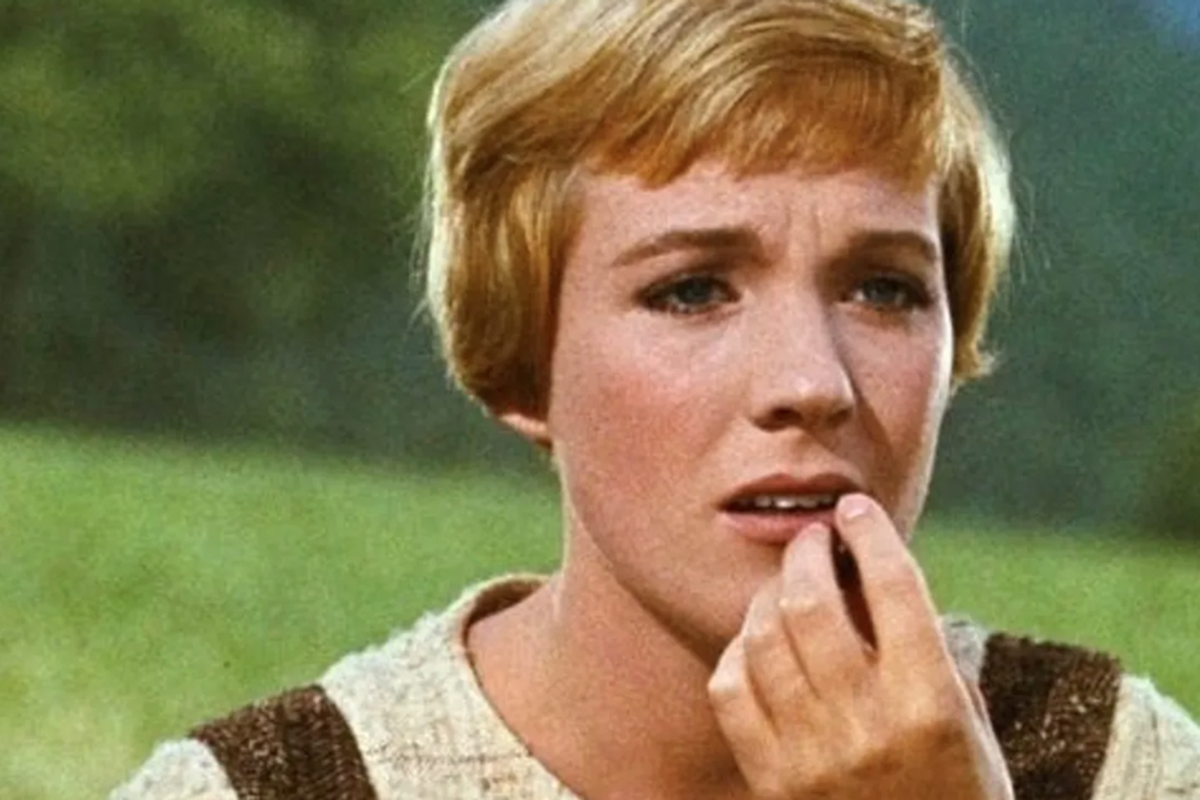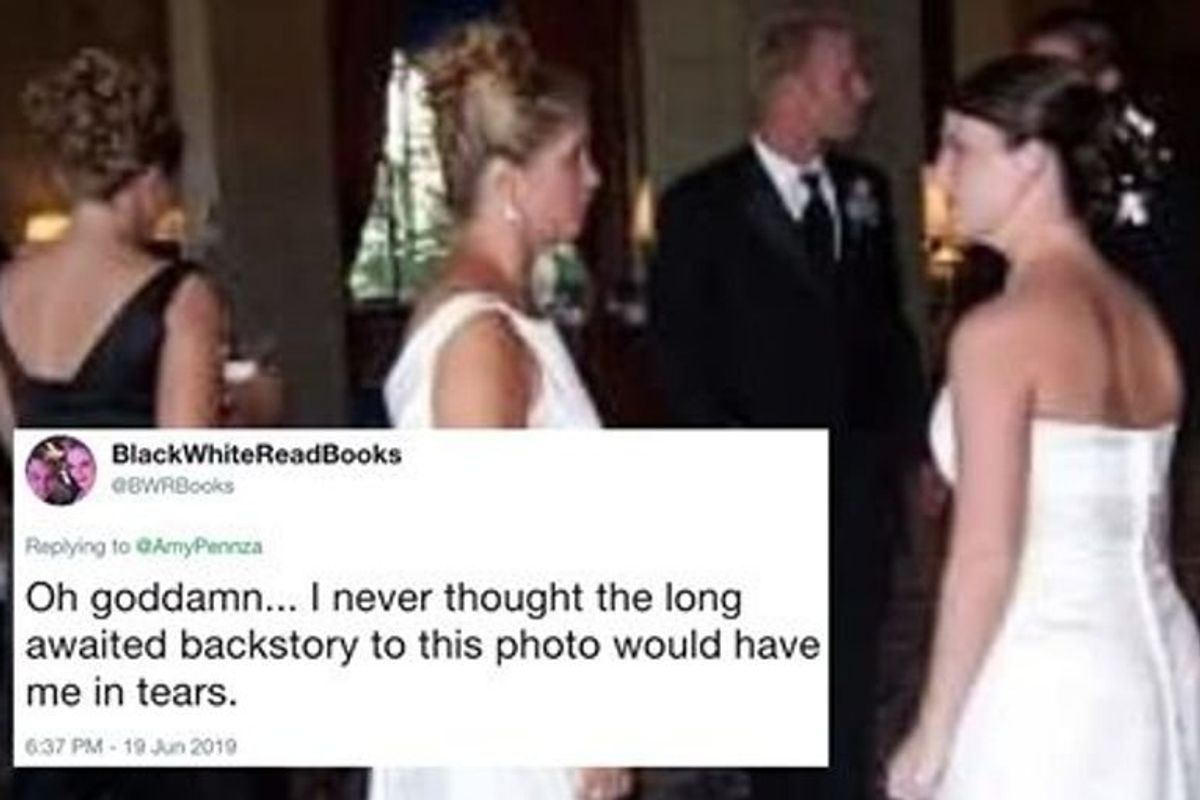Justin Baldoni’s 'Carnival of Love' brings a day of joy and services to 4,000 people experiencing homelessness

As an actor, Justin Baldoni is best known for playing heartthrob Rafael on Jane the Virgin. As a director, he's known for the CW series My Last Days and the feature film Five Feet Apart. But away from the screen, the 36-year-old husband and father of two is recognized for spending his time trying to make the world a better place.
Through his non-profit organization, The Wayfarer Foundation, Baldoni is trying to transform how individuals and communities see and respond to people experiencing homelessness. One way is through the annual Skid Row Carnival of Love, an idea that emerged out of Baldoni's annual tradition of bringing supplies to Skid Row on his birthday in lieu of a party.
"I had a dream six years ago," Baldoni told Upworthy at this year's event, "as weird as it sounds—to bring a carnival, which is really a day of joy, where people would come together to lift up this community and remind them of their worth."
Now every year at the end of January, Wayfarer blocks of 20,000 square feet of Skid Row in Los Angeles for a day to put on the Skid Row Carnival of Love. They invite the whole neighborhood as honored guests, literally roll out the red carpet for them, and bring in every kind of service someone experiencing homeless might need, including career services, housing services, domestic violence services, dental and medical exams, an eye clinic, haircuts, massages, and more.

"When you live on the street and you don't have an address, it's very hard to actually get off the street," explains Baldoni, "to show up at the appointments on time, to make sure you're doing everything right to get into a house. And it's very hard to keep a job...so we're trying to bring everything to them in one place so they don't have to go through each of the individual missions to have their services offered."
But the carnival is about more than just providing needed services—it's really about forming bonds between human beings. "Our mission is, through friendship, to make a little dent in the homeless epidemic," says Baldoni.
"The way this carnival works is that all these volunteers—there's a line of our friends experiencing homelessness outside, and then there's a line of volunteers inside—and they all get paired one to one," Baldoni explains. "And they walk through the carnival together. Because at its core, it's about friendship."
Baldoni's own friendship with a man named Willie began on Skid Row four years ago. Willie told Upworthy that the sounds of the carnival being set up that year woke him up, and at first he was annoyed by it. "But when I really woke up and saw what was really going on, it brought me to tears," he said. "The resources he had out here, I needed it at that time. It did something for me."

Willie approached Baldoni after his introduction speech that year. "Thank you for seeing us," Willie told him, "and thank you for seeing me." Baldoni embraced Willie in a warm hug and their bond was formed. Willie has become a friend of the foundation as well, helping to provide valuable insight into how the carnival can best serve the needs of unhoused individuals.
Baldoni says that the biggest problem is that we forget that people living on the street are still people. "There's this idea that they're all drug addicts. Or they're all alcoholics, or they're all whatever," he says. "The biggest misconception is that there's a reason they're down here, and they're being punished for it, and they deserve it."
Willie agrees. "Nobody really wants to be down here," he says.
"We're missing the empathy and the compassion," says Baldoni. "This is the problem. That is what is missing. We're trying to solve this problem with policy and politics, and the Democrats and the Republicans are all fighting with each other about this and this. But at the end of the day, this is a human problem."
Baldoni says there's more we can all do, starting with just striking up a conversation with a person experiencing homelessness. Ask them their name, where they are from, what they like, what their dreams are, what they need right now.
He also acknowledges that there are larger issues at play. "There are systemic issues," he adds. "Deep, deeply rooted systemic issues of oppression, of racism, of a broken criminal justice system—all of the various things that would lock Willie up far before they would lock me up for the exact same offense, and that punish people who are down here for being down here."
As far as our own actions as individuals, Baldoni says there are a couple of ways we can help:
"The first thing is very easy. It is to make an effort to make eye contact and start a conversation with somebody who appears to be homeless, and just get to know them. If there's somebody on your block, if there's somebody that you pass by on the way to work every day, if there's somebody you drive by on the way to work every day—throw extra stuff in your car, roll down your window, ask them what they need, and come and see them the next day and learn their name.
The second thing you can do if you want to support us and the work of The Wayfarer Foundation—my dream is to build the one-to-one program out and show that through love and peer mentoring we can actually make a difference in the homeless epidemic—and for that we just need volunteers, we need donations, and we need support. And it's that simple. And I hope that one day I won't have to ask anybody for that because there won't be any people on the street. But that's not where we are today."
Baldoni points out that the ultimate goal of his foundation is to be so successful in its work that it's no longer needed. "The goal is to not be here," he says. "I shouldn't have to have a foundation, and I shouldn't have to throw a carnival. None of these places should exist. And if you're a non-profit that really, really cares, you should want to be out of business."
Learn more about the work of the Wayfarer Foundation here.
- A Utah town's solution to homelessness is so good, every state will ... ›
- This city might have discovered how to end homelessness. And it's ... ›
- Escaping homelessness can feel impossible. This shelter's making it ... ›
- Justin Baldoni opens up about body dysmorphia and his struggles to be 'man enough' - Upworthy ›
- 5 years ago, this brilliant TED Talk nailed 3 important truths about being a 'real man' - Upworthy ›
- People donate money to help boy with buck teeth - Upworthy ›



 Tony Trapani received the most important letter of his life, but he didn't see it for 50 years Photo by
Tony Trapani received the most important letter of his life, but he didn't see it for 50 years Photo by  Tony and Samuel didn't waste time thinking about what might have been if he'd seen the letter earlier. Photo by
Tony and Samuel didn't waste time thinking about what might have been if he'd seen the letter earlier. Photo by 
 Christopher Plummer and Julie Andrews on location in Salzburg, 1964
Christopher Plummer and Julie Andrews on location in Salzburg, 1964 


 A German Shepard relaxing in grass.via
A German Shepard relaxing in grass.via  A German Shepard puppy taking a breather.via
A German Shepard puppy taking a breather.via